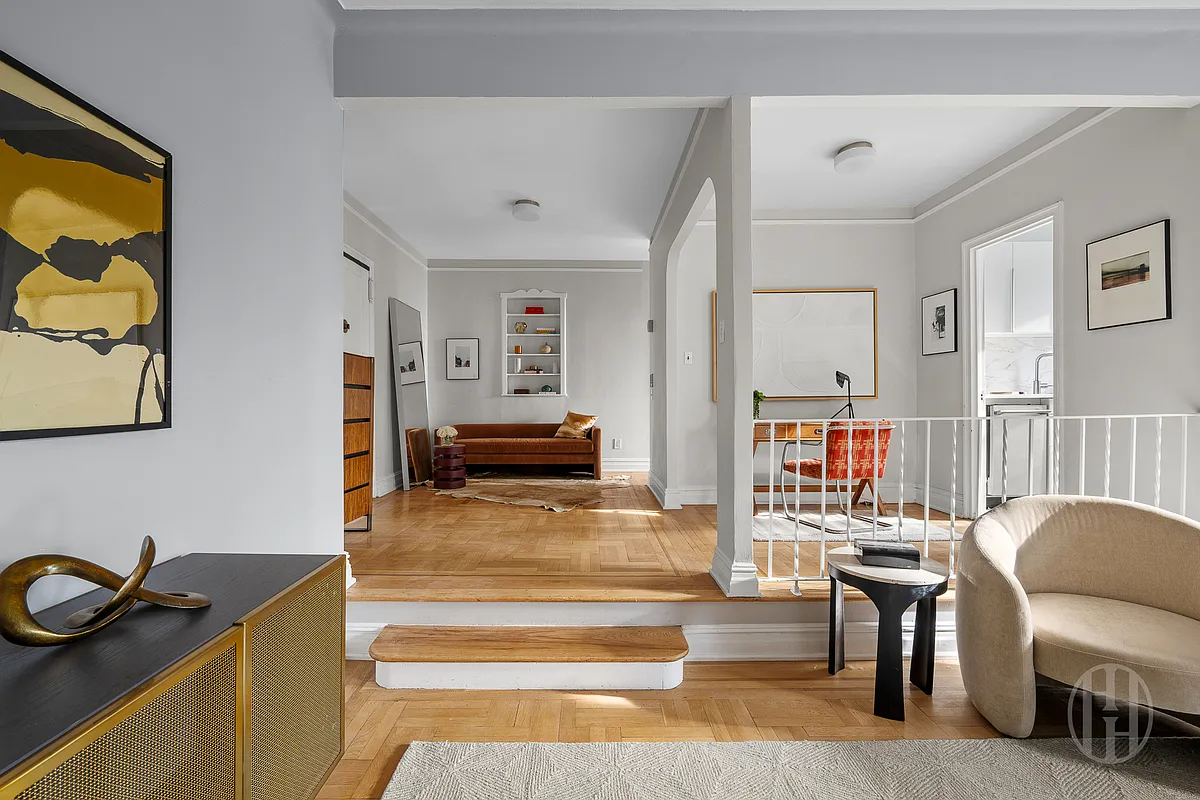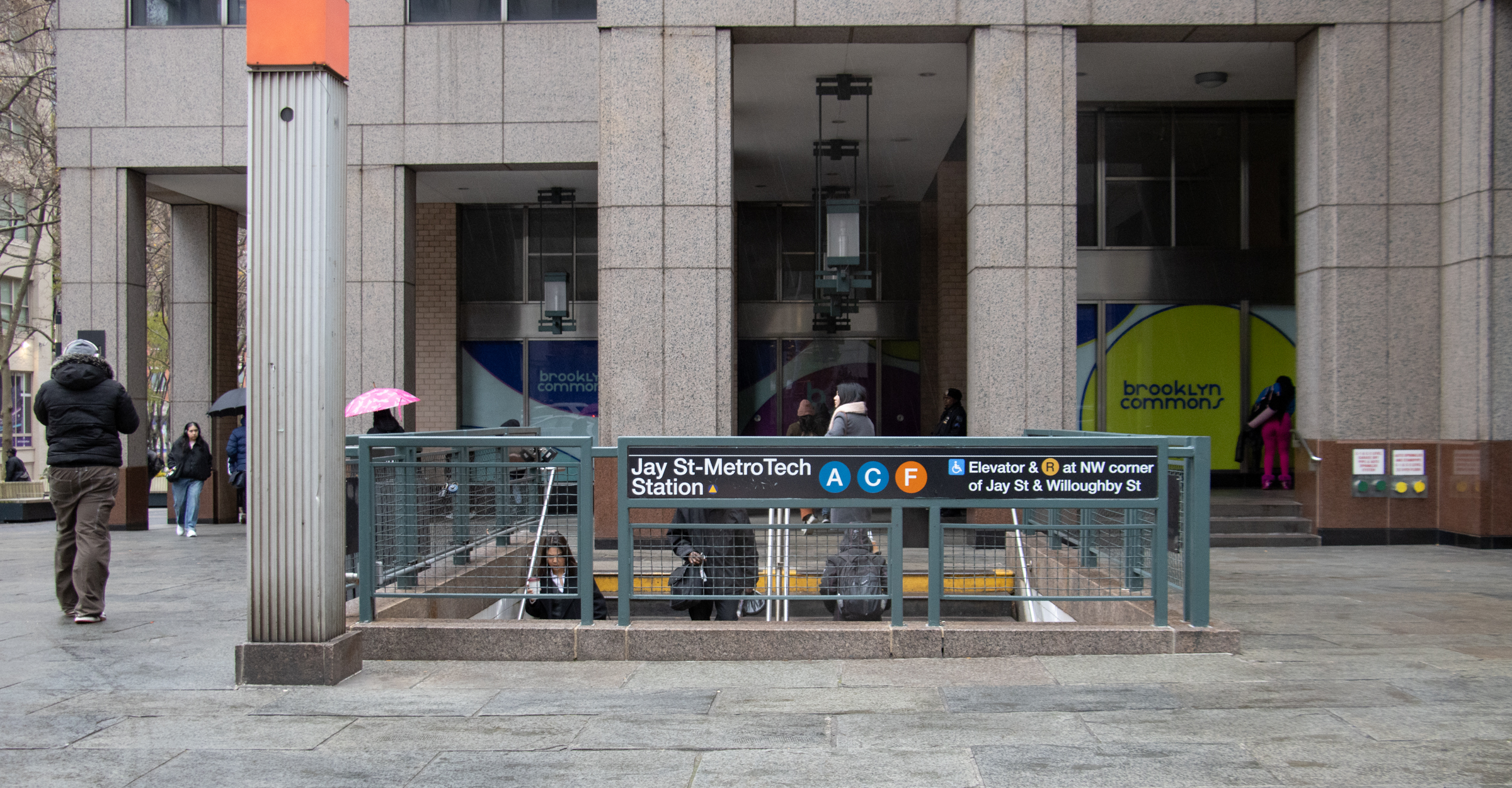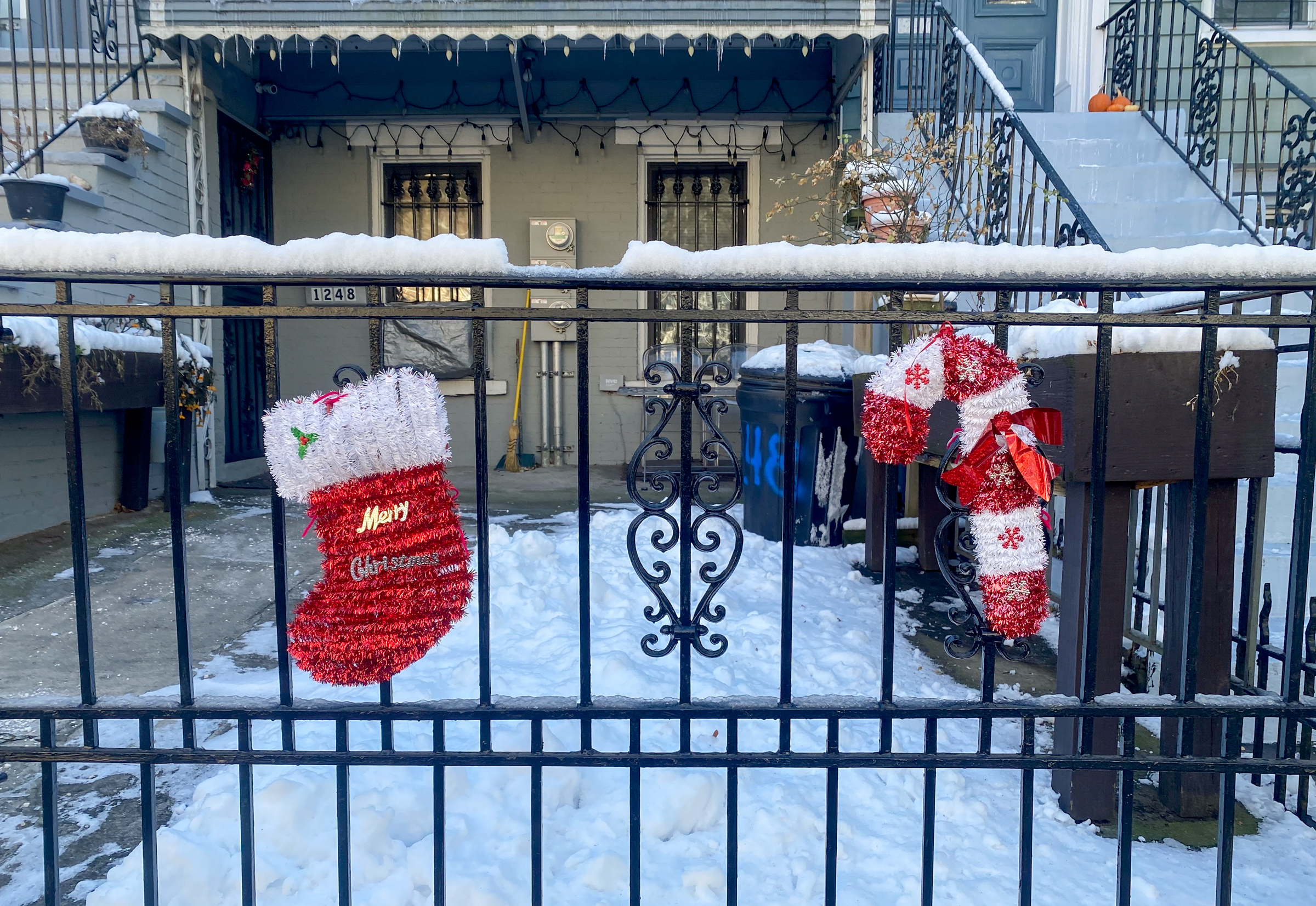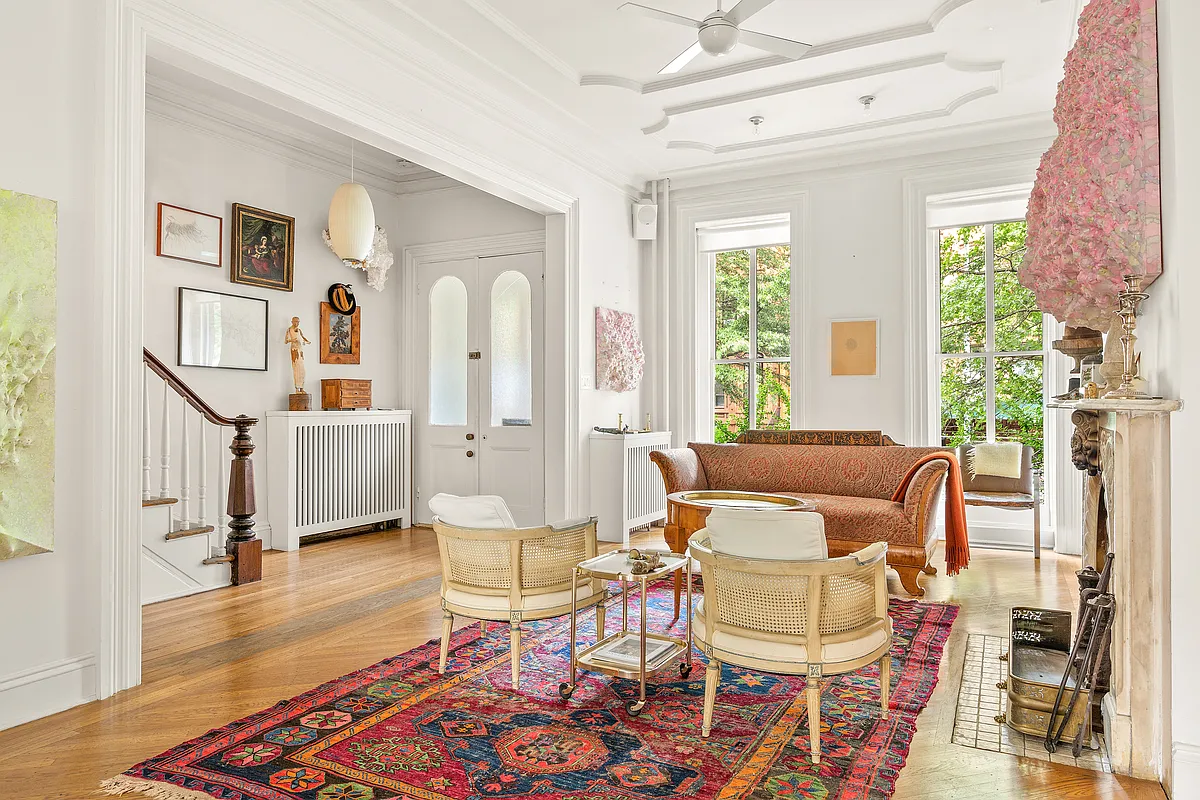No End in Gravesend
  Clockwise from top left   459 Avenue S $5 million   2,500 s.f. house sitting vacant   450 Avenue S $11 million   teardown plus lot   replaced with 10,400 s.f. house   469 Avenue S $2.5 million   teardown, new 8,700 s.f. house We knew there was some crazy $#!% going on out…



   Clockwise from top left
  Clockwise from top left
  459 Avenue S $5 million
  2,500 s.f. house sitting vacant
  450 Avenue S $11 million
  teardown plus lot
  replaced with 10,400 s.f. house
  469 Avenue S $2.5 million
  teardown, new 8,700 s.f. house
We knew there was some crazy $#!% going on out in Gravesend but, man, this is something else. In the end, it’s just a microcosm, albeit an exaggerated one, of the forces of supply and demand that have driven up prices of real estate across New York City over the past decade. With a limited number of lots and a rising prosperity among the largely Syrian Jewish community, Gravesend has seen per square foot prices approach what only the best Manhattan nabes could command. “This market is not dictated by interest rates or the price of real estate as a whole,” said Frank Lupi, the president of Wolf Properties, a real estate agency in Gravesend. “The houses over here, they sell very quickly, and you’re almost naming your price at this point.” While the aesthetic wouldn’t fly in most of brownstone Brooklyn, we’ re unaware of any local movements promoting a down-zoning of the area. Not being familiar with the area, we’re curious as to whether there are any pockets of older architecture that are threatened by the McMansion trend sweeping the area. Or is it just unremarkable houses from the last thirty or forty years being torn down and replaced with larger monstrosities?
Paying Any Price to Live Here [NY Times] GMAP





Brownstoner,
If you are calling these McMansions, I think you haven’t actually seen these houses. They are built to a quality far superior than most McMansions of our day, 99% of the condominium units of the day, not to mention better than your old run down house, which for some reason, you seem to believe is the benchmark of luxury. These are truly high quality houses, and significantly improve the housing stock in Brooklyn. While these houses on the outside are not always done to my own personal taste, they are unequivocally far better constructed then the crappy new condos and the 100 year old houses that plague the borough. These are houses that will actually withstand the test of time, and do far more to the borough in the long run then 99% of brownstone renovations.
You may prefer living in a historic brownstone for personal taste reasons, but, if you are trying to be an honest critic, IMHO you can not criticize such substantial improvements in housing (even if those improvements can only be afforded by people who are in a very different economic position than you).
New “nest egg” investment strategy = buy homes near a synagogue and sit and wait.
One of the houses in the article looked great, IMHO. I may need to drive over to the “G-End” and check it out. Hopefully, the rent-a-cops won’t pull me over.
And I’m sure all their fortunes have been earned legally!
Couldn’t agree more with the sticking together – the harder you look, the more you realize that NYC is really run by various clans/alliances, from real estate to retail to diamonds to politics.
It can be very, very hard for an outsider to break in, because they just won’t deal with you.
These families stick together and they showed what can be achieved over 20-30 years, when a group of dedicated persons worked together for a common goal.
What do they do?! They’re owners of large retail apparel stores e.g. Dr. Jay’s (specializes in over priced “Urban” wear in only Urban areas where there’s a tax break, then the “loyal” underpaid workers demand that you check your bags as you enter), Century 21 Dept. Store and one is part investor of WW Trade Center…That’s a lot money!
They keep their wealth in the family and in their community…Hey, gotta give Jack his Jacket! 🙂 Not mad at them at all!
What do they do?! They’re owners of large retail apparel stores e.g. Dr. Jay’s (specializes in over priced “Urban” wear in only Urban areas…that demand you check your bags as you enter), Century 21 Dept. Store and one is part investor of WW Trade Center…That’s a lot money!
They keep it in the family and in the community…Im not “mad” at them!!
apparently most started in small retail and grew..
“After World War II, Syrians expanded from the garment business into the electronics business and opened chains of stores like Nobody Beats the Wiz or wholesale outlets like Soundesign. Republic National Bank was owned by Aleppans, as well as chain stores like Duane Reade, Rainbow Shops and others. Syrian importers still sell to K-Mart, Wal-Mart, and J.C. Penney stores. “
and its not just this community. You should check out their summer homes in Deal NJ. There are many 10,000+ new mansions, not mcmansions. I heard they have also done (take over a town/area) the same in an area of Aruba for winter vacations. Stylistically, IMO, the homes all fit together and are generally very well crafted.